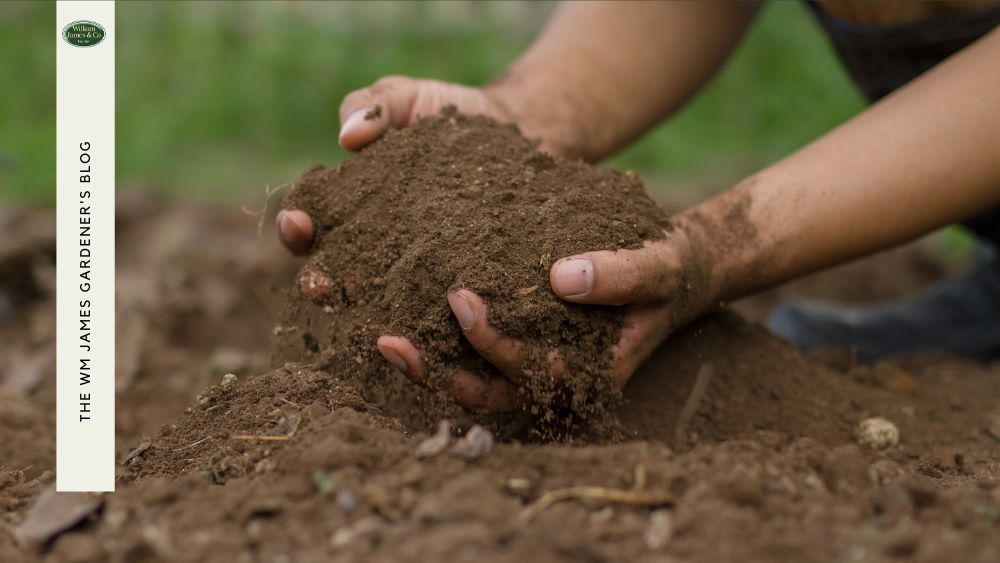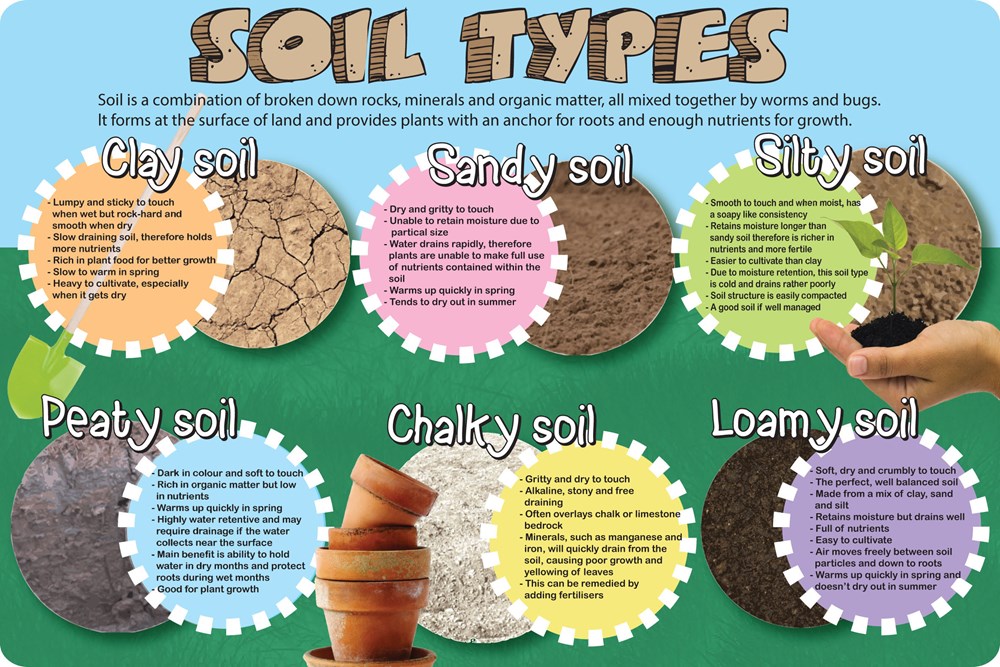How to Choose the Best Soil for Growing Vegetables at Home

Imagine you're a chef, and your garden is your kitchen. Just as a delicious meal starts with the best ingredients, a thriving vegetable garden begins with the best soil. But how do you choose the perfect soil for your home garden? Let's dive in and explore the world beneath our feet.
Understanding Soil: The Foundation of Your Garden
Soil is not just dirt; it's a living ecosystem teeming with microorganisms, minerals, and organic matter. The best soil for growing vegetables at home is one that balances these components, providing your plants with the nutrients, water, and air they need to flourish.
The Soil Triangle: Know Your Soil Types
Understanding soil types is crucial for successful vegetable gardening. Soil is classified into three main types based on its texture: sand, silt, and clay. Each has its unique properties, and the best soil for your home garden often combines these in varying proportions.
- Sandy Soil: Imagine a beach. Sandy soil feels gritty and drains water quickly, which is great for preventing root rot but can also lead to nutrient loss.
- Silty Soil: Think of a riverbank. Silty soil is smooth and retains water well, making it fertile and easy to cultivate.
- Clay Soil: Picture a pottery studio. Clay soil is sticky and dense, holding water and nutrients tightly, but it can also be heavy and difficult to work with.
Most gardens have a mix of these types, known as loam. The best soil for growing vegetables is often a rich, dark, crumbly loam that balances water retention, drainage, and nutrient availability.
Assessing Your Soil: The First Step in Vegetable Gardening
Before you start planting, it's essential to assess your soil. A simple soil test can reveal its pH level, nutrient content, and texture. You can buy a DIY kit or send samples to a professional lab. This information will guide your soil improvement efforts and help you choose the best vegetables for your garden.
The Importance of pH in Soil for Vegetables
The pH of your soil determines how well your plants can absorb nutrients. Most vegetables prefer a slightly acidic to neutral pH, between 6.0 and 7.0. If your soil is too acidic or alkaline, you can adjust it with amendments like lime or sulfur.
Improving Your Soil: The Key to Organic Gardening
Soil improvement is an ongoing process in organic gardening. The best soil for growing vegetables is alive and dynamic, constantly evolving with the seasons and the plants it supports. Here are some ways to enhance your soil:
Add Organic Matter
Organic matter is the magic ingredient that transforms poor soil into a rich, fertile growing medium. It improves soil structure, increases water retention, and feeds the beneficial microorganisms that help plants thrive. Compost, aged manure, and shredded leaves are excellent sources of organic matter.
Mulch Regularly
Mulching is like giving your soil a protective blanket. It suppresses weeds, conserves moisture, and regulates soil temperature. Over time, organic mulches like straw, wood chips, or grass clippings break down and add more organic matter to your soil.
Practice Crop Rotation
Crop rotation is a time-honored technique in vegetable gardening. By rotating your crops, you can prevent soil-borne diseases, balance nutrient levels, and improve soil structure. It's like giving your soil a varied diet, ensuring it gets all the nutrients it needs.
Choosing the Best Soil for Specific Vegetables
Different vegetables have different soil preferences. Here's a quick guide to help you choose the best soil for some common garden vegetables:
- Leafy Greens (Lettuce, Spinach): Prefer well-drained, fertile soil with plenty of organic matter.
- Root Vegetables (Carrots, Beets): Thrive in deep, loose, sandy loam with good drainage.
- Fruiting Vegetables (Tomatoes, Peppers): Love rich, well-drained soil with a pH between 6.0 and 7.0.
- Cruciferous Vegetables (Broccoli, Cabbage): Prefer fertile, well-drained soil with a slightly acidic pH.
 " width="250" height="250">
" width="250" height="250">Building Raised Beds: A Solution for Poor Soil
If your soil is particularly challenging, consider building raised beds. Raised beds allow you to create the best soil for growing vegetables from scratch. Fill them with a mix of high-quality topsoil, compost, and other amendments tailored to your plants' needs.
Maintaining Soil Health: Tips for Long-Term Success
Maintaining soil health is key to sustainable vegetable gardening. Here are some tips to keep your soil in top shape:
- Avoid Compaction: Stepping on your soil or working it when it's too wet can compact it, reducing air and water flow.
- Minimize Tillage: Excessive tilling can disrupt soil structure and harm beneficial microorganisms.
- Cover Crops: Planting cover crops in the off-season can improve soil structure, add organic matter, and suppress weeds.

Conclusion: The Journey to the Best Soil for Growing Vegetables
Choosing the best soil for growing vegetables at home is a journey of discovery and learning. It's about understanding your soil, improving it with organic matter and amendments, and tailoring it to the needs of your plants. Remember, the best soil is a living, dynamic ecosystem that supports not just your vegetables, but a whole web of life.
So, roll up your sleeves, grab your trowel, and let's get digging. Your garden is waiting, and with the right soil, it's going to be amazing.
FAQs
What is the best pH for vegetable gardening? Most vegetables prefer a slightly acidic to neutral pH, between 6.0 and 7.0. However, some plants, like potatoes and blueberries, prefer more acidic soil.
How can I improve clay soil for vegetable gardening? To improve clay soil, add plenty of organic matter like compost or aged manure. This can help break up the dense structure, improving drainage and aeration.
What is the best soil for a home garden? The best soil for a home garden is usually a rich, dark, crumbly loam that balances water retention, drainage, and nutrient availability. However, the ideal soil can vary depending on the specific plants you're growing.
How do I test my soil pH at home? You can test your soil pH at home using a DIY kit, available at most garden centers. These kits typically involve mixing a soil sample with water or a solution, then comparing the color to a chart.
What is the best way to add organic matter to soil? The best way to add organic matter to soil is by incorporating compost, aged manure, or shredded leaves. You can also use organic mulches, which break down over time and add organic matter to the soil.
For further reading, check out these authoritative resources:
0 Response to "How to Choose the Best Soil for Growing Vegetables at Home"
Post a Comment